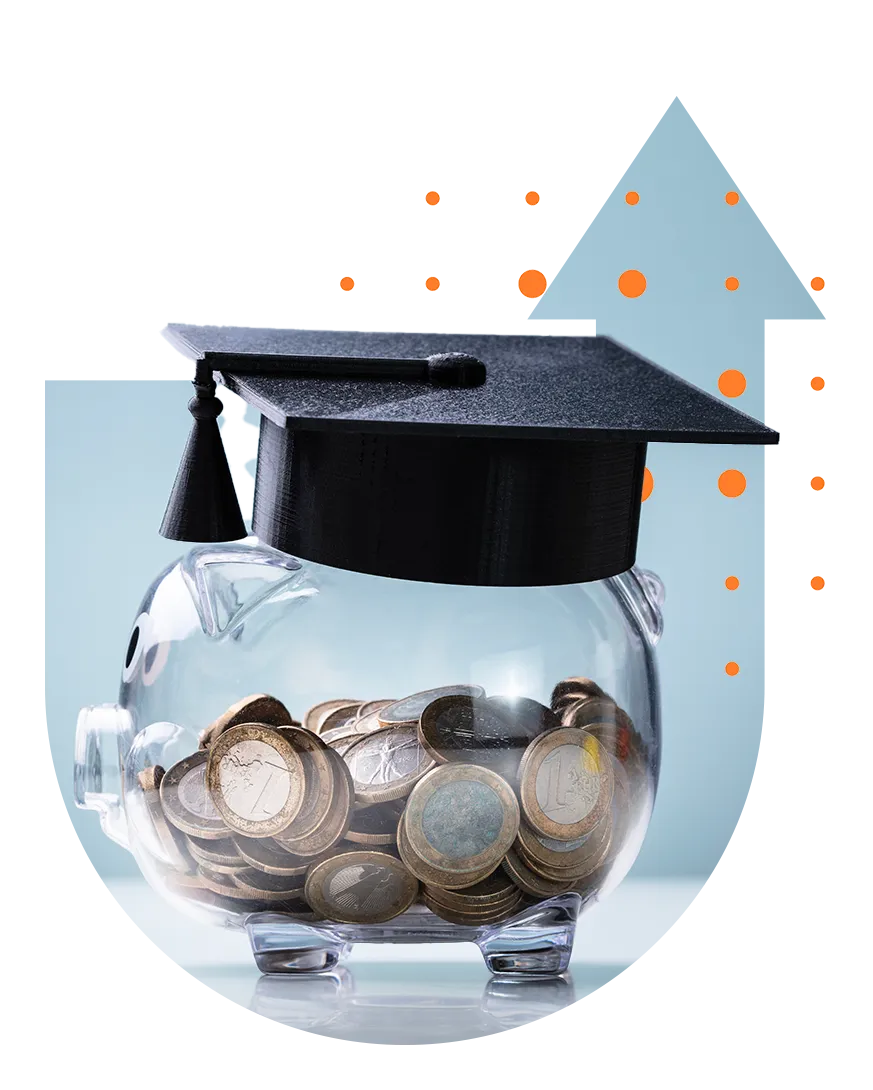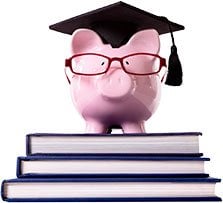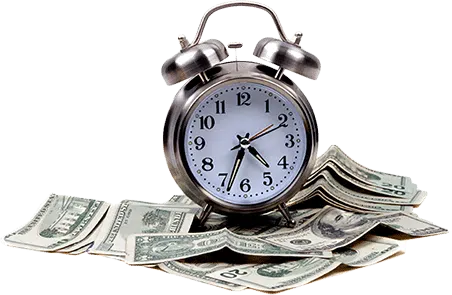Federal Student Loans
For many students, attaining a college degree is impossible without some form of borrowing. In fact, student loans are nothing short of huge business in the United States – as aggregate student loan debt now exceeds $1.45 trillion, with this figure spread among 45 million young Americans.
There are two major sources of student loans – federal and private. Though there is a common misperception that these are similar in nature, in actuality, the two categories of student loans vary widely in interest rates and terms. Federal loans are often granted even when the borrower has a lower credit score and usually carry lower interest rates than private loans. In addition, federal loans are frequently subsidized – that is, the borrower can defer interest expense, both during school and for a period of time following graduation. Let’s take a look now at the most common types of federal student loans.

Table Of Contents
Federal Student Loans
Each year, over eight million students avail themselves of federal student loans through the William D. Ford Federal Direct Loan Program. This program includes Direct Subsidized, Direct Unsubsidized, Direct PLUS and Direct Consolidated loans, and these loans comprise over 76% of all federal loans made to students. In fact, over 32 million students currently hold borrowings exceeding $1.017 trillion of direct federal student loans. Meantime, an additional 15.2 million students currently hold borrowings exceeding $313 billion through the Federal Family Education Loan (FFEL) Program.

Stafford Loans
The most common type of federal student loan is the Stafford loan, and it is paid directly to the student borrower. The Stafford loan typically comes with low interest rates and favorable consolidation repayment options while requiring no credit check or collateral. Borrowers of subsidized Stafford loans are not responsible for making payments (and any associated interest expense, as the government covers it) until after graduation.
These loans are reserved for students from families showing annual household income of under $50,000. Interest rates on subsidized Stafford loans are generally under 4% with a maximum ceiling of $23,000 of borrowings while the student pursues an undergraduate degree. Unsubsidized Stafford loans accrue interest expense while the student is enrolled, although the borrower may defer payments (during which interest expense compounds) until following graduation. The annual limit for unsubsidized Stafford loans can be as high as $12,500, with typical interest rates below 4%.
PLUS Loans
Another type of Federal Student Loan is known as the PLUS loan, which stands for Parent Loans for Undergraduate Students. Parent PLUS loans are disbursed directly to parents funding the undergraduate education of a dependent child, while Grad PLUS loans are disbursed directly to those students pursuing a graduate degree. Unlike Stafford loans, PLUS loans have no maximum amounts allowed but carry higher interest rates exceeding 6%. The current aggregate amount of Federal PLUS loans is approximately $137 billion and is spread amongst 4.5 million borrowers.


Direct Consolidation Loans
Direct Consolidation Loans make sense for the student borrower seeking the simplicity of one lower monthly payment at one fixed interest rate, as opposed to making higher combined payments to a variety of separate creditors. However, the benefits of these loans come at a price, as they usually extend loan amortization periods considerably – sometimes for as long as thirty years – and can significantly increase total interest expense over the life of the loan.
Loan amortization defines a specific schedule of monthly payments designed to pay back the principal on a student loan at a specific interest rate over a given duration of time. Because of accrued interest expense, it can often take several years of making consistent monthly payments before a significant amount of principal is actually paid down. The current aggregate amount of Federal Direct Consolidation Loans is approximately $472 billion and is spread amongst 12 million borrowers.
Payback Time
With many graduates burdened by onerous student loan debt (average debt per student borrower exceeds $31,000), it should come as little surprise that the current student loan default rate checks in at a robust 11.5%.
Clearly, the amount of debt a student borrows, and at what terms, can impact an individual’s credit profile and lifestyle following graduation. Accordingly, many young Americans have been forced to delay significant purchases such as home ownership as a result. If you are struggling with timely repayment of high levels of your Federal student loan debt, contact us here at United Settlement to discuss your various debt relief options.

Are you in debt? we can help
Get Debt Relief
Speak with licensed debt specialists dedicated to guiding you toward financial stability every step of the way.

Ready To Get Started?
See if you qualify for debt relief. Get a Free savings estimate to see how quickly you can be debt free.
Embrace financial freedom with our tailored solutions, expert guidance, and unwavering commitment to your success.
Experienced Professionals
Our experienced team has helped thousands of clients successfully eliminate debt and regain financial freedom.
Customized Solutions
We know every financial situation is different, so we design personalized debt relief plans to fit your specific needs and goals.
High Success Rate
Our proven debt relief strategies deliver real results. With a strong track record of success, we help clients achieve lasting financial stability.
Confidential Consultation
Your privacy is our priority. All debt relief consultations are 100% confidential and handled with the highest level of discretion.
Explore other blogs











